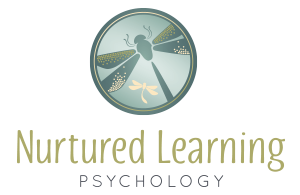
15 Sep On Mindfulness
Mindfulness has been enjoying a well-deserved surge in popularity in the past decade, moving from an abstract fundamentally Buddhist concept (circa about 2,600 years ago) to a largely mainstream therapy construct employed today. The term “mindfulness” has been used to refer to a psychological state of awareness and the practices that promote this awareness. Personally, I am drawn to the definition of mindfulness as a moment-to-moment awareness of one’s experience without judgment.
Advocates of mindfulness suggest that some of the many benefits of practice include improved self-control, objectivity, emotional regulation, improved concentration and the ability to relate to others and one’s self with more kindness, acceptance and compassion. And let’s face it, who among us doesn’t appreciate a bit more of that in today’s world?
It has been suggested that several disciplines and practices can cultivate mindfulness, such as yoga and tai chi, but most of the research literature has focused on mindfulness that is developed through the practice of purposeful mindfulness meditation. That is, training the mind to bring more awareness into the present moment and away from unhealthy mental habits such as constant ruminations about the past or worries about the future. With time, this type of practice usually leads to a greater sense of personal mastery and therefore other desirable outcomes such as increased calmness, clarity and concentration. Thus, viewing mindfulness as a way of life, rather than a popular passing phase to be employed occasionally, may be helpful in its’ ultimate therapeutic application for those who may struggle with anxious feelings, low mood, attention difficulties or trouble regulating strong emotions. Importantly, as with most things in life, it is the practice and not just understanding of the theory that makes all the difference.


